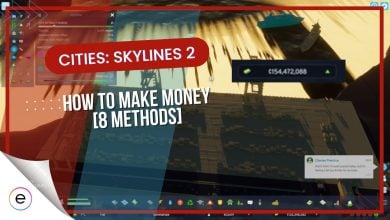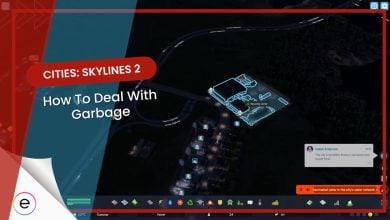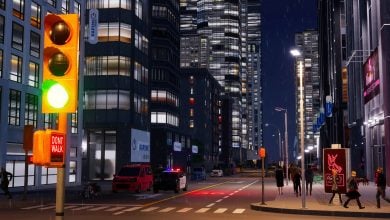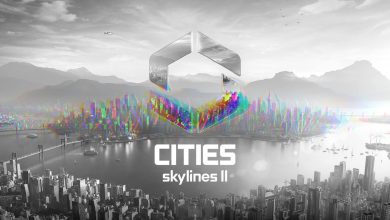Cities: Skylines 2 Review
Overall
-
Story And Setting
-
Gameplay
-
Visuals And Performance
Verdict
Cities: Skylines 2 is a sequel with notable improvements over its predecessor, but it falls short in terms of content and stability.
Pros
- Enhanced City Planning
- Deep Resource Management
- Varied Progression Tree
- Realistic Scale
Cons
- Lacking Content
- Performance Issues
Cities: Skylines 2 is a new city-building experience that beckons urban architects to shape their dreams into a tangible, awe-inspiring reality. As you step into the role of mayor, sculpting the skylines and intricate urban landscapes, you’ll find yourself captivated by the stunning visuals and ambitious design.
- Developer: Colossal Order
- Publisher: Paradox Interactive
- Release Date: October 24, 2023
- Platforms: PC
- Game Length: N/A
- Time Played: 40 Hours
However, behind the architectural grandeur lies a technical challenge that demands both powerful hardware and patience. Let’s delve further into the intricacies of our Cities: Skylines 2 review.
Story And Setting

Cities: Skylines 2 can best be described as an expansive canvas filled with many biomes, ranging from lush forests to arid deserts, and everything in between. This stark difference in ecosystems not only serves as an aesthetic backdrop but also presents unique challenges and opportunities.
Players will find themselves navigating the intricacies of urban planning within these distinct environments, adding a layer of strategy to the gameplay that extends beyond mere aesthetics. In this game, you are the steward of an interconnected world, that is, the impact of your mayoral duties isn’t just limited to your own city.
Your actions impact neighboring cities, and they, in turn, affect your own. This global perspective adds an exciting dimension to the game, where your cities don’t exist in isolation. You’re part of a network, and one city’s success can have a ripple effect on others.
Your actions impact neighboring cities, and they, in turn, affect your own.
Your journey as a city planner unfolds through the skill tree, which offers various paths for specialization. Each choice you make here forms part of your city’s unique story. Will your city prioritize eco-friendly initiatives, or will it be an industrial powerhouse?
The narrative unfolds based on your decisions, as your choices define your city’s identity and character. The narrative here isn’t about scripted events or characters; it’s about the evolution of your city and your role in shaping it.
The game also introduces challenges and crises that test your mayoral skills. Extreme weather events, homelessness, and other societal issues are woven into the game’s narrative, forcing you to adapt and address these challenges.
Your ability to navigate these crises and maintain your city’s growth contributes to the ongoing narrative of your city’s legacy.

It also does an excellent job of bringing the city to life. Citizens aren’t just faceless entities; they are a dynamic part of the narrative.
Traffic jams during rush hours, residents going about their daily routines, and even citizens taking their dogs for walks – these small details create a sense of a living, breathing world. Your city isn’t static; it’s a vibrant and ever-evolving entity that plays a central role in the unfolding narrative.
Gameplay

The developer, Colossal Order, has built upon the solid foundation of its predecessor, bringing a plethora of new features, mechanics, and enhancements that not only refine the core city-building experience but also provide an intricate and dynamic gameplay ecosystem that’s both challenging and rewarding.
The game’s new and improved building tools make this process incredibly intuitive. Laying out road networks, zoning residential and commercial areas, and developing infrastructure has never been smoother. It’s not just about aesthetics; it’s about creating functional and thriving urban landscapes.
Players are given everything at their disposal to lay the foundations of diverse and dynamic cities.
They can build cities with unique identities, and it’s all about the ease of creating these diverse areas. Curved streets and the ability to adapt to geographical features lead to the natural formation of districts with distinct personalities, making the cities feel alive with character.
Resource nodes allow players to create farms and mining operations on the outskirts of their cities.
City services are more intricate than ever, requiring strategic planning and resource allocation. Balancing the needs of your growing population with essential services, such as police, fire, education, and healthcare, becomes a challenging puzzle. Your choices impact the city’s growth, and it’s incredibly satisfying to see your decisions bear fruit.
The game expands its gameplay beyond city building by incorporating resource nodes scattered throughout the map. Resource nodes allow players to create farms and mining operations on the outskirts of their cities.
This not only brings diversity to the economic aspects of the game but also introduces a unique survival city-builder element. These resources play a vital role in sustaining a prosperous city and can be traded with regions beyond the map’s borders, enhancing the game’s realism and economic complexity.
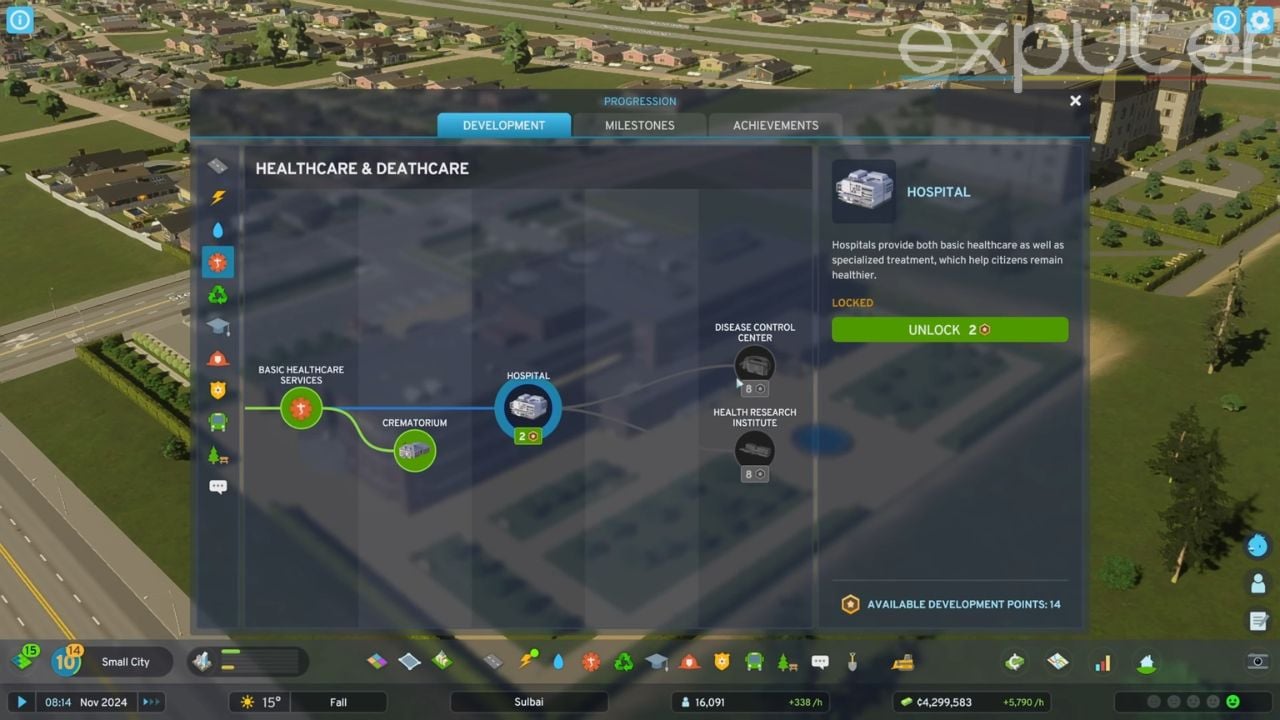
The new progression system offers a refreshing change from the milestone-based approach of the original game. Instead of solely relying on population growth, players earn experience points (XP) by building infrastructure, attracting residents, and ensuring their happiness.
These XP milestones unlock not only new city features but also provide development points for specific upgrades, allowing players to tailor their city’s development to their preferences. This system encourages strategic planning and grants players more control over the pace of their city’s growth.
Unlike the original game’s simplified tax system, Cities: Skylines 2 introduces a far more intricate approach. You can now levy taxes on each business, material, and product individually. This level of detail allows you to fine-tune taxes for a wide range of commodities, from food and furniture to grain, paper, timber, and electronics.
These tax choices significantly impact your city’s economy. Reducing taxes for specific industries, like furniture production, can encourage more factories to flourish, potentially boosting your citizens’ happiness as their living conditions improve.
The new progression system offers a refreshing change from the milestone-based approach of the original game.
However, excessively low taxes can destabilize finances and lead to overproduction, adversely affecting other sectors.
While there are undeniably significant improvements over the original Cities: Skylines and a more user-friendly experience, it does have its flaws. A notable drawback is the reduced volume of in-game content when compared to its predecessor, especially considering the numerous DLCs and expansions accessible for the original title.
This sequel lacks an extensive array of content, resulting in fewer choices for city improvements and iconic landmarks. Additionally, the variety of available tourist attractions and sports parks is somewhat limited, which diminishes the grandeur typically associated with larger cities.
Visuals And Performance

The visual aspect of Cities: Skylines 2 is an unqualified triumph offering an unparalleled level of detail in every aspect of urban design. Each building, from the smallest suburban home to the towering skyscrapers, is meticulously constructed with high-resolution textures.
These structures, like universities, power plants, and medical facilities, aren’t just essential to the functioning of your city; they’re visually striking and massive in scale. But the attention to detail goes far beyond aesthetics. The game’s urban environments are also packed with an extensive list of brand names and logos, lending a sense of authenticity to the cities.
As you zoom in, you can see citizens engaged in various activities, such as practicing yoga in the park or taking their dogs for a walk. This level of granularity contributes to the game’s immersive visuals. The realistic depiction of these featured buildings is a testament to the game’s graphical prowess.
It’s not just about size but also the intricate design, textures, and details that make these structures visually captivating. The moment you place a university or a state-of-the-art hospital in your city, it becomes a focal point, a symbol of your urban achievement.
Despite the graphical sophistication, some players have experienced less-than-optimal performance.
While the visuals are undoubtedly impressive, Cities: Skylines 2 faces certain challenges in the performance department. One of the most prominent issues is the demanding system requirements. Even players with high-end machines have reported frame rate drops, making it necessary to adjust graphics settings.
Despite the graphical sophistication, some players have experienced less-than-optimal performance, with occasional stutters and freezing, especially as the city grows in complexity.
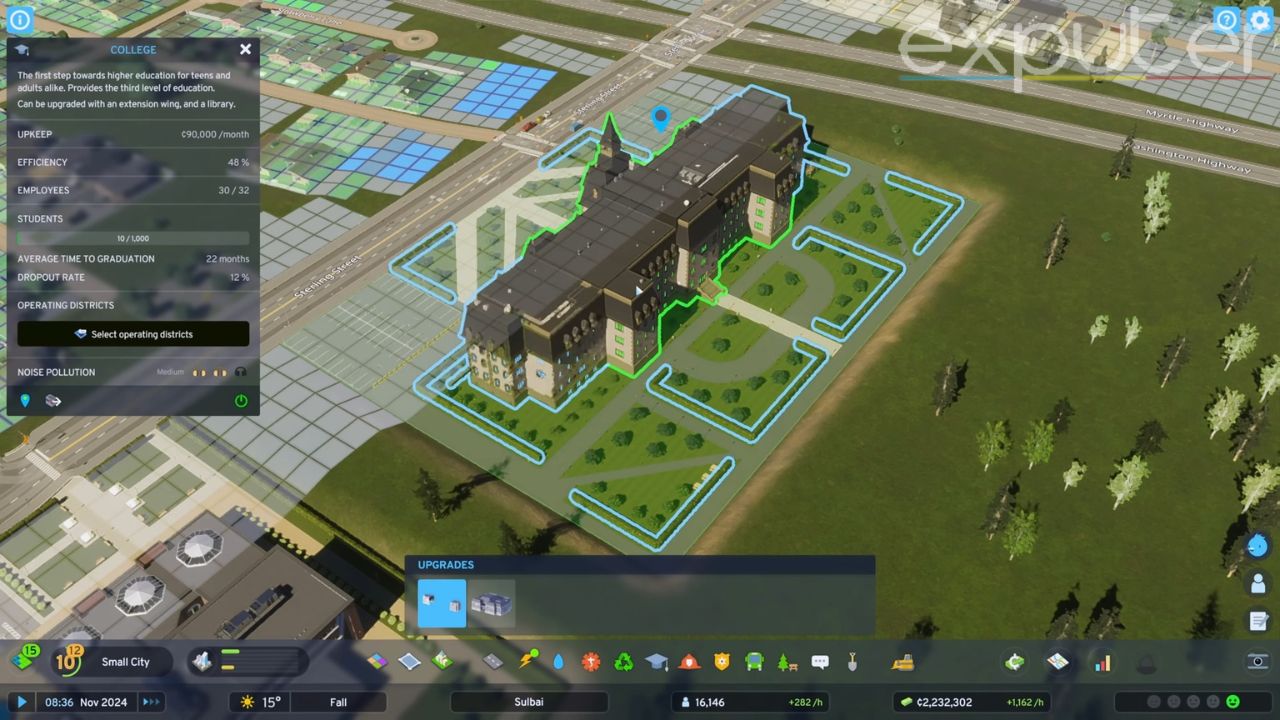
These performance issues can be frustrating, especially for players who expect seamless gameplay. The fact that a high-end system may struggle to maintain a smooth frame rate underscores the performance challenges faced by the game.
However, it’s essential to recognize that these issues may be addressed through patches and updates in the future.
Verdict
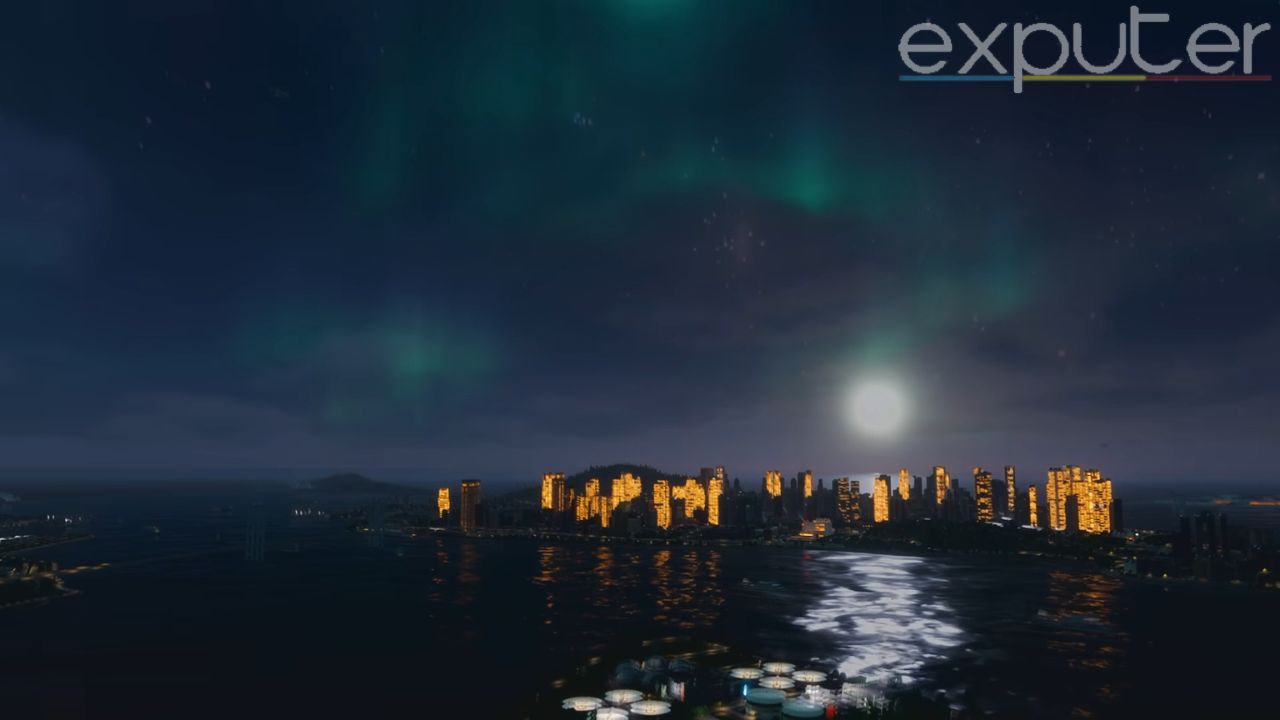
Cities: Skylines 2 emerges as a promising sequel with notable improvements in city planning, road construction, and resource management. Its enhanced scale and strategic development tree offer a more engaging experience.
However, it currently falls short in terms of content diversity, with fewer landmarks and city features than its predecessor. Performance issues and missing animated details impact immersion, but with ongoing support, it holds great potential to surpass its predecessor in the long run.
This has been our Cities: Skylines 2 Review. While you’re here, consider checking out some of our other articles.
- Counter-Strike 2 Review
- Spider-Man 2 Review
- Lords of the Fallen Review
- Final Fantasy XIV Review
- GTA V Review
- Mineko’s Night Market Review
- Cities: Skylines
- Frostpunk
- Anno 1800
- SimCity 2013
- Kerbal Space Program 2
Thanks! Do share your feedback with us. ⚡
How can we make this post better? Your help would be appreciated. ✍
